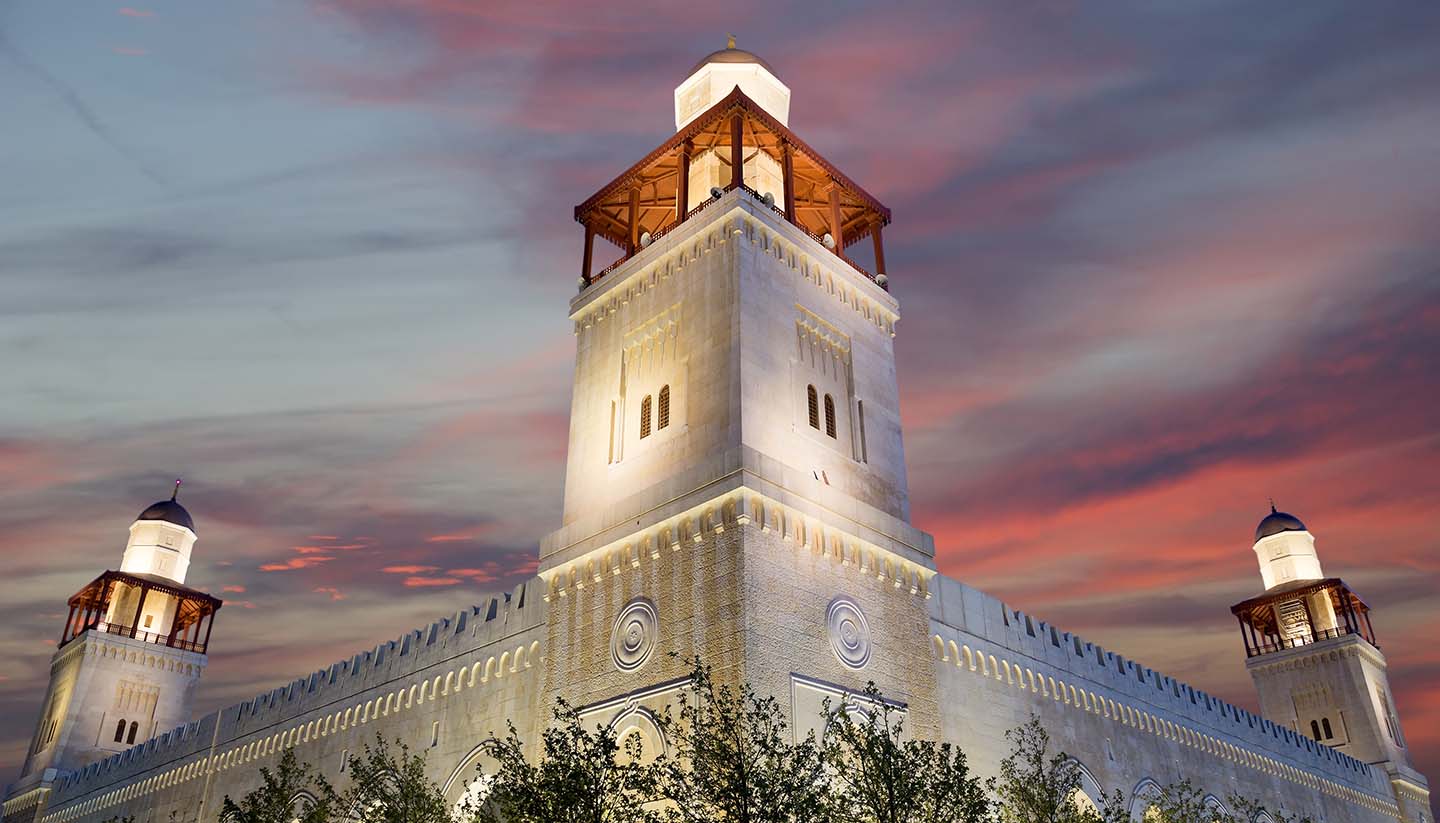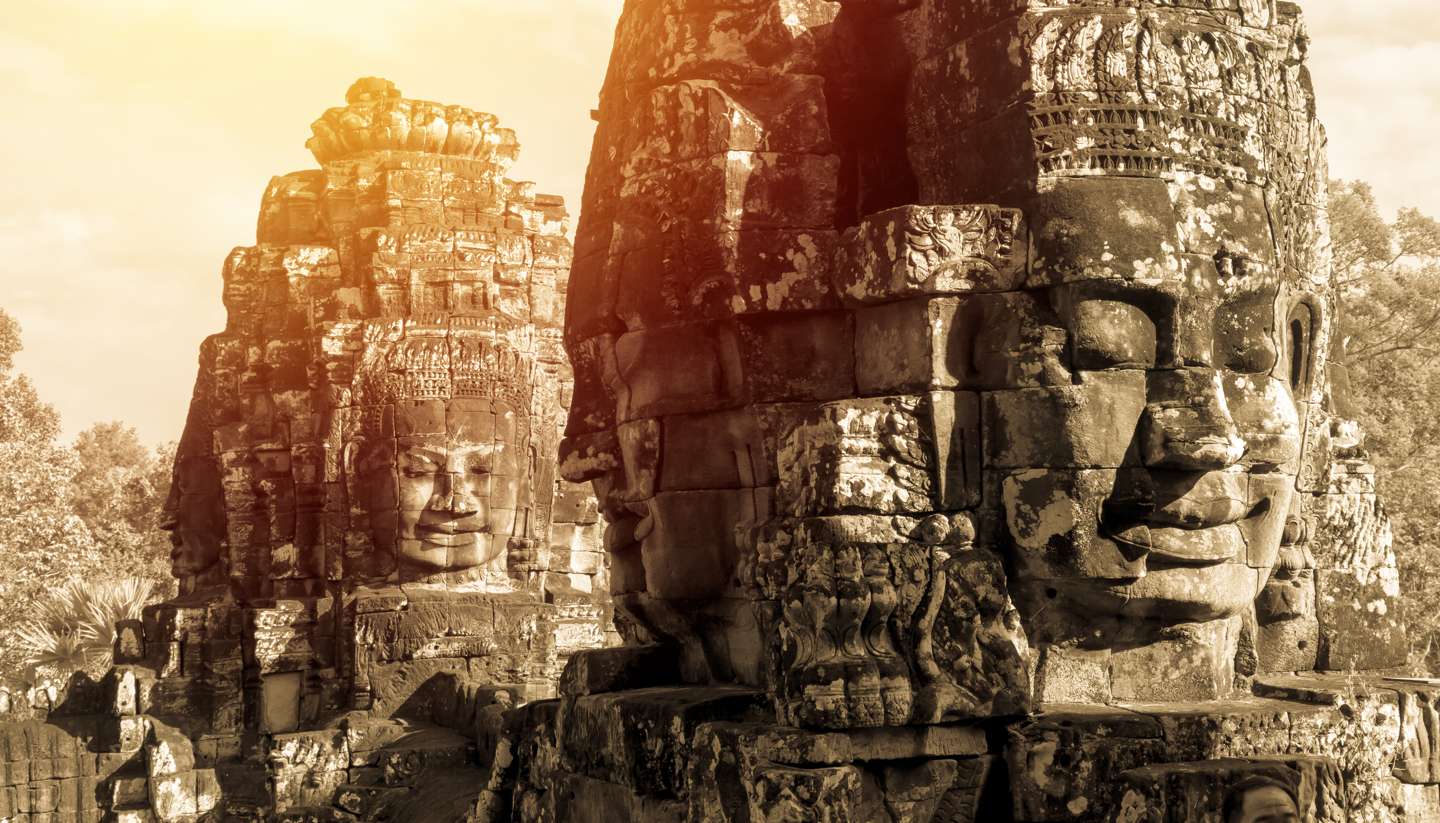Jordan History, Language and Culture
History of Jordan
The area encompassed by the modern Kingdom of Jordan only had borders drawn around it in the 20th century. Before then, it was generally seen only as a small part of the larger Syria region.
Jordan was one of the locations where Stone Age hunter-gatherers settled for the first time, building villages and domesticating animals. Settlement expanded during the Bronze Age (roughly 3000-1200 BCE), when Jordan also features in the Old Testament record. The towns of Sodom and Gomorrah were probably located on Jordan’s side of the Dead Sea.
During the Iron Age (1200-332 BCE), Jordan clashed with the Israelites, then the Assyrians, Babylonians and Persians, finally coming under Greek control. Around this time, an Arabian tribe known as the Nabateans settled here, naming their capital Petra. They became fabulously wealthy, controlling the lucrative trade in frankincense and spices between Arabia and Europe.
In 106 CE the Romans absorbed the Nabatean kingdom, building new roads across Jordan, beautifying cities and fortifying the desert frontier. By the 4th century, Roman security was beginning to crumble. Christianity was adopted and Jordan became a centre for mosaic art.
Islamic armies conquered the region in 636. Jordan flourished under the Umayyad dynasty (661-750 CE), which ruled from Damascus, but when power shifted east to the Baghdad-based Abbasid dynasty, Jordan fell into neglect. The invading European Christian armies of the Crusaders briefly occupied Jordan in the 12th century, but under the Ottomans Jordan became a backwater.
Following anti-Muslim pogroms in Russia in the 1870s, Circassian refugees settled in Jordan – then largely deserted – re-founding Amman and ushering in Jordan’s modern history. After the Ottoman Turks were repulsed during the Great Arab Revolt of 1916-17, Jordan won independence, first as a British-controlled emirate in 1923 under Abdullah I – a monarch from the Hashemite family of Mecca – then in 1946 as a fully-fledged independent kingdom.
Since then, Jordan has taken in huge number of refugees from Palestine, Iraq and Syria, which has shaped the national character. However, attitudes seem to be hardening and in late 2015 the Jordanian government came under fire from human rights groups for deporting Sudanese asylum seekers.
As one of the West’s key allies in the Arab world, at peace with Israel, and yet closely bound into regional politics, with strong links to Iraq and Saudi Arabia, Jordan must play one of the trickiest fence-sitting roles in world politics.
Did you know?
• Jordan’s national flower is the rare and endangered black iris, which flowers in Wadi Rum in spring.
• Common Jordanian courtesy dictates that a host should give up any household item that a guest shows a particular interest in, so be sparing with your praise when dining in a local’s home.
• Unlike many other countries in the region, Jordan has no oil.
Jordan Culture
Religion in Jordan
Over 92% Sunni Muslim, with 2% Shi'a and Druze Muslim. A significant Greek Orthodox Christian minority (6%) resides mainly in the villages around the hill city of Madaba.
Social Conventions in Jordan
Handshaking is the customary form of greeting. Jordanians are proud of their Arab culture and hospitality is a matter of great importance. Visitors are made to feel very welcome and Jordanians are happy to act as hosts and guides, keen to inform tourists about their traditions and culture. Islam always plays an important role in society. Arabic coffee will often be served continuously during social occasions. To signal that no more is wanted, slightly tilt the cup when handing it back, otherwise it will be refilled. If invited for dinner, a small gift is customarily given. Women are expected to dress modestly and beachwear must only be worn at private beaches or poolside.
Photography: It is polite to ask permission to take photographs of people and livestock; in some places photography is forbidden.
Language in Jordan
Arabic is the official language. English is widely spoken. French, German, Italian and Spanish are also spoken in many tourist areas.



